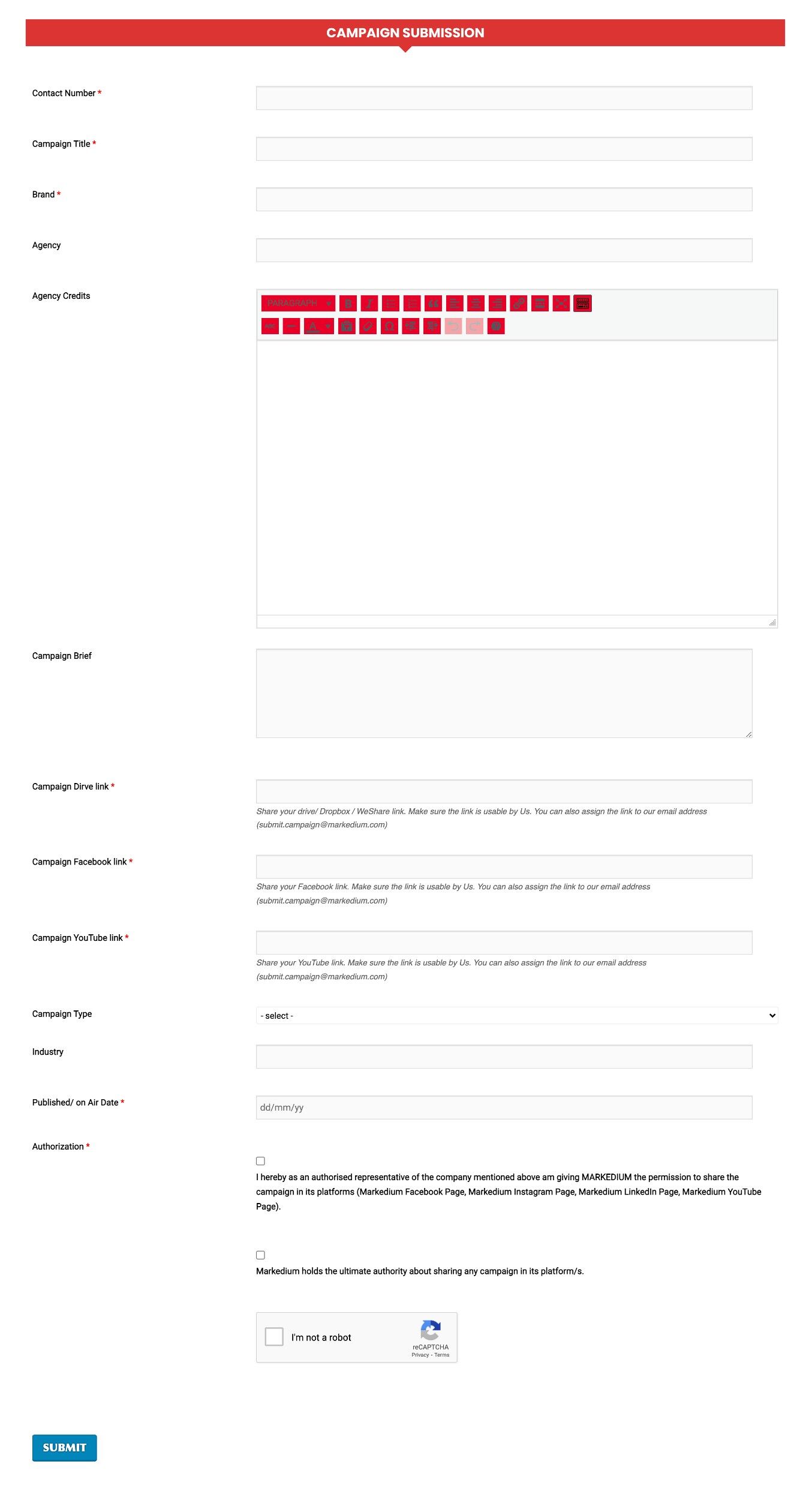
What Happened At Silicon Valley Bank And Its Aftermaths4 min read
California-based Silicon Valley Bank was shut down on Friday by the California Department of Financial Protection and Innovation after an intense 48 hours in which a bank run and a capital crisis resulted in the second-largest financial institution failure in the history of the United States. At the time of the closing, the bank was the 16th largest bank in The United States and had $209 Billion in Total Assets and $175.4 Billion in Total Deposits.
Read more: Olympic Posted Stunning Growth Despite Adverse Macro-Economic Situation
The Silicon Valley Bank gained popularity in the United States as a banker to private equity and venture capital firms, specializing in tech and healthcare clients. As of December 31, 2022, the bank had 8500 employees and dozens of offices all over the world including in the US, Canada, the UK, Europe, Asia, and the Middle East.
What really happened at Silicon Valley Bank aka SVB?
The United States Federal Reserve has been raising interest rates in a bid to fight inflation. As basic monetary policy would suggest, people borrow less and become more risk-averse when the money available becomes expensive due to higher rates. As such, it made investments in tech startups more difficult- the main clientele of the SVB.
A lack of available funds via IPO or private fundraising was difficult due to high-interest rates, the startups faced a cash crunch to meet their operating expenses. As such, this led to a mass withdrawal of funds from the bank to meet their liquidity needs which left SVB scrambling for funds to meet the customer demand for withdrawal.
The bank decided to sell its portfolio of $ 21 billion, which consisted primarily of 10-year US treasuries- which had an average yield of 1.79%, a far cry below the current 10-year yield of 3.9%. This resulted in a $1.8 billion loss in the statements of the Bank which needed to be funded by external fundraising.
Read more: A Decade of Profit Growth: Amazing Performance Facts of IPDC Finance
The bank chose to raise $2.25 billion through the sale of common equity and preferred convertible stock. The fundraising was meant to reassure investors, but it led to a loss of confidence among the bank’s clients leading to a further rise in withdrawals. The bank also left the completion of the sale a day too late, by which time the rise in withdrawals had already created a negative perception of the bank’s future and the investors pulled out, fearing future losses. SVB rushed to find alternative sources of funding, including a full sale of the company- the efforts failed and soon, the US Federal Deposit Insurance Corporation(FDIC) declared the bank shut down and placed it under receivership.
What does this mean?
US customers of Silicon Valley Bank which are not covered by government-backed insurance have been rushing to sell their deposits to cover operating expenses after the bank was shut down.
Deposits up to $250,000 are insured by the FDIC, but it is not clear whether or when the customers with more than $250,000 in their accounts will be able to access all their money. To deal with this uncertainty, companies are trying to sell their deposits at steep discounts as high as 55 to 65 cents on the dollar. The vast majority of SVB’s deposits are uninsured, partly because a majority of their investments are big deposit customers such as VC firms and the startups they back. On 31 December 2022, almost 96% of deposits were not covered by FDIC insurance.
Read more: Here Are The Best 21st February Brand Communications Of 2023
This has led to widespread uncertainty among startups in an already tumultuous period where organizations thrive on money from venture capitals- which has been drying up since after the COVID-19 pandemic.
The effects of SVB shutting down have not just been limited to startups in the US, but have had far-reaching implications as far as startups based out of India. A large number of Indian startups which do not have an employee or an office in the US had opened up their accounts in the SVB because of its lax regulation and customer-friendly approach. Experts believe that since 1 in every 3 startups is founded by Indian Americans, a large number of these founders could be impacted as early as this week in making basic salary payments to their employees.
However, there is a ray of hope!
Federal Deposit Insurance Corporation (FDIC) has created a bank that will protect both insured and uninsured depositors at SVB. On March 10, FDIC created the Deposit Insurance National Bank of Santa Clara (DINB). According to FDIC, all insured depositors will have full access to their insured deposits no later than Monday morning, March 13, 2023.
But, what about the uninsured depositors?
According to Reuters, roughly 96% of all SVB deposits are uninsured! Reportedly, FDIC plans to pay uninsured depositors an advance dividend within the next week. Further, these uninsured depositors will receive a receivership certificate for the remaining amount of their uninsured funds.
Having said that, how the story unfolds in the next chapter is still unknown! Keep an eye on Markedium for more.


